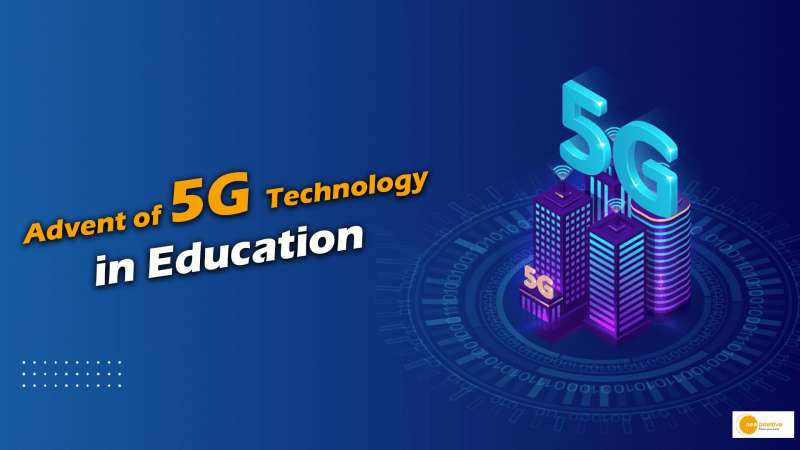

With the advent of 5G technology, the possibilities for education and remote learning in India are endless. The ultra-low latency, massive network capacity, and higher multi-GBPS peak data speeds of 5G can bridge the digital divide, democratize learning experiences, and intensify education. Here are the ways in which 5G can redefine education and remote learning in India, including personalized learning experiences, immersive and engaging content, and enabling hybrid learning technology in rural areas.
Bridging the Digital Divide
India has more than 1.1 lakh schools being single-teacher entities and 11.16 lakh teaching positions vacant, with 69 percent of them in rural areas. 5G can be the critical instrument to ensure the ‘right to education’ for every child in India irrespective of their location. With a high-speed reliable 5G internet connection, every child can have access to education, regardless of their geographical location.
Democratizing Learning Experiences
5G can enable personalized learning experiences by leveraging data analytics and AI, making education more engaging and tailored for individual students depending upon their needs and preferences. The technology can also help India lead its G20 presidency agenda of promoting Foundational Literacy & Numeracy, which means every child has the ability to read basic texts and solve basic mathematics problems.
Immersive and Engaging Content
The use of interactive digital content such as gamification, simulations, interactive videos, etc., can help students understand subjects better by bringing theoretical concepts to life. Lessons imparted with virtual and augmented reality (VR/AR) can create immersive learning experiences that can engage students in new and exciting ways. 5G can enable more sophisticated VR/AR experiences by improving video conferencing capabilities, enhancing haptic response capabilities, and providing multi-GBPS peak data speeds.
Empowering STEM Education
VR and AR are going to be instrumental in visualizing concepts in various STEM subjects such as biology, geometry, physics, and chemistry. Virtual surgeries and animated body parts can provide medical students with a safe and real-time learning experience that can enhance their understanding of human anatomy and medical procedures. Students can also learn how 5G enables robotics and automation across industries like manufacturing, transportation, hospitals, and ports, making them future-ready.
Enabling Hybrid Learning Technology in Rural Areas
With fixed broadband infrastructure being inadequate in India, fixed wireless access (FWA) enabled by 5G plays an important and effective role in powering hybrid learning technology. FWA can be deployed not only in rural and remote areas but also in underserved communities in urban areas. Similarly, private 5G networks can be deployed to bring Internet access to schools.
Conclusion
5G technology holds immense potential in transforming education and remote learning in India. It can democratize learning experiences, intensify education, and bridge the digital divide. With 5G, students can gain an edge in STEM subjects, and personalized learning experiences can be created. FWA and private 5G networks can enable hybrid learning technology in rural areas, ensuring that every child has access to education. The integration of 5G technology in education can transform the way students learn and engage with different subjects, making it more immersive, engaging, and entertaining.


